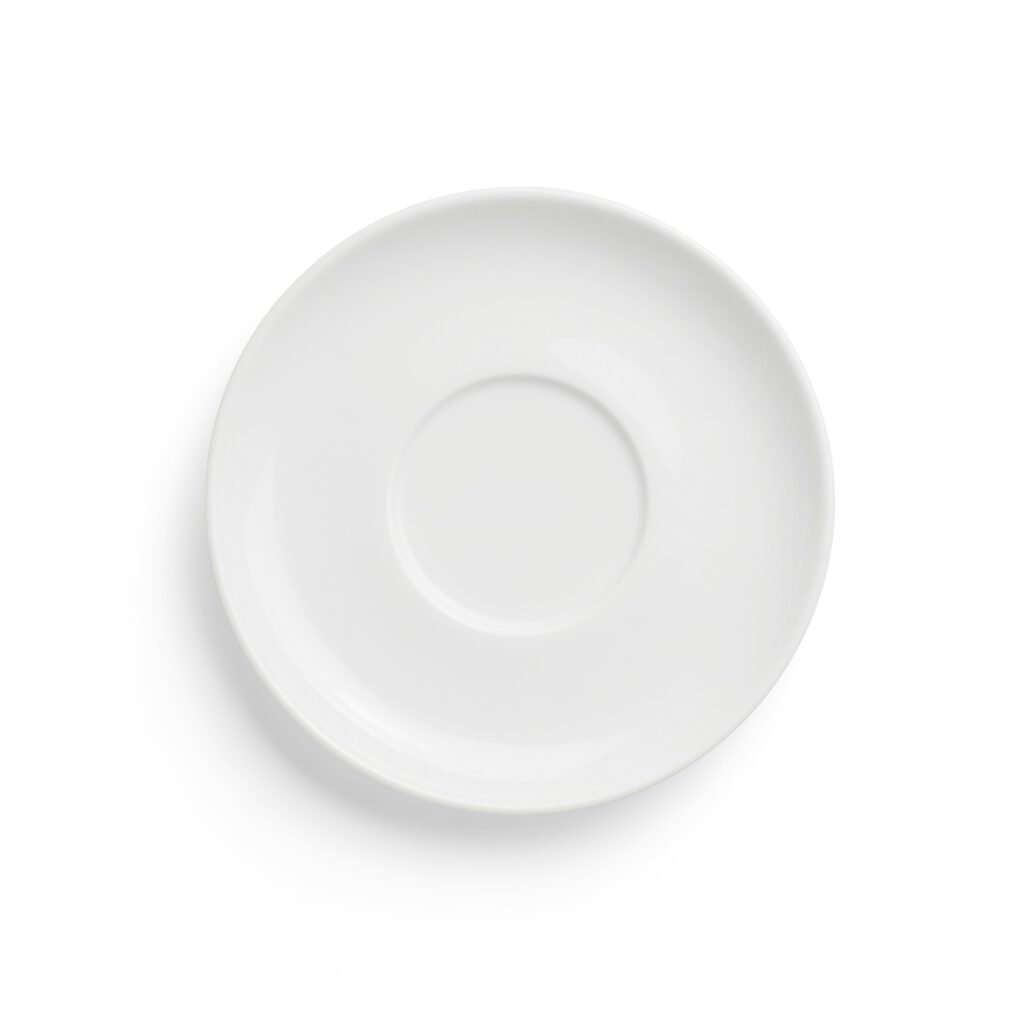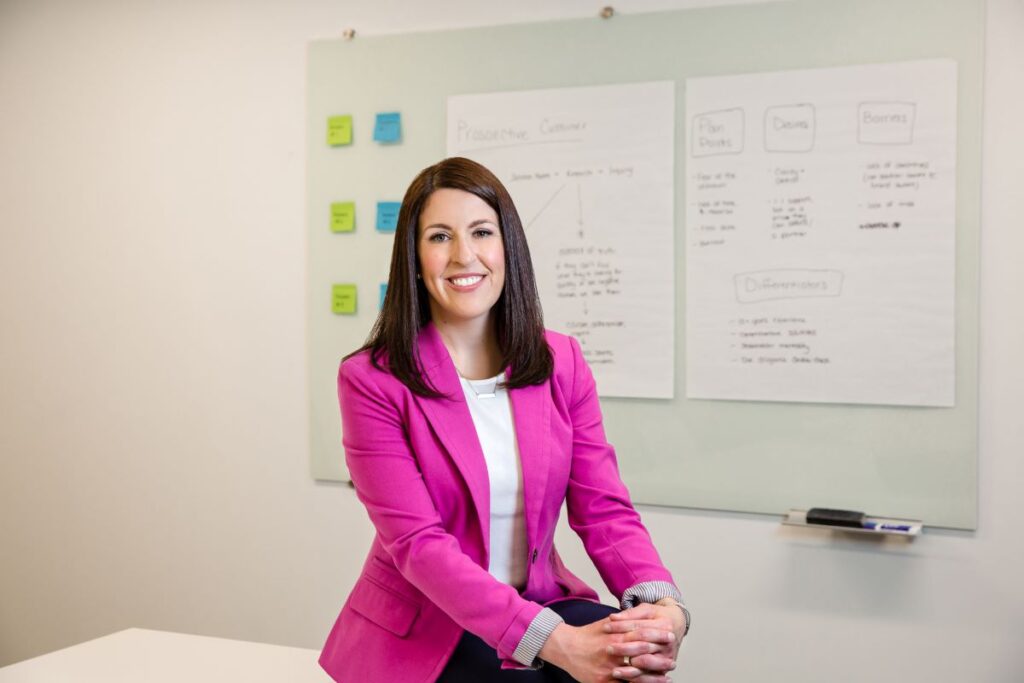The Secret to Upgrading Your Clients: Know Their China [aka Value Proposition]
Last week, I received a lot of love about clients and airline classes. And I was (pleasantly, of course) surprised. When I’ve spoken about this in the past, I’ve been met with objections like, “But everyone should have access to the thing I sell.” Or “I can’t say no to people.” I’m not sure what’s shifted the tide; but now I’m hearing: “YES! TELL ME HOW.” Well, the answer is simple: Know their China. In other words, have a crystal clear value proposition.

How to create your value proposition
Allow me to walk you through a value proposition. Because I admit: the value proposition can feel tricky. Gooey. Squishy. Because actually, it is these things. Afterall, a great value proposition isn’t about anything concrete. Many people mistakenly believe that the value proposition is a list of features, but it’s not. The value proposition highlights:
- benefits,
- differentiation, and
- client’s perception of value.
And the more high-end your client, the more important their perception of value.
Features are your what & benefits are your how
A feature is an objective, observable fact. We can observe a product or service and state an undeniable truth about what this thing does or its characteristics.
A benefit, on the other hand, is deeper. The benefit is the lasting takeaway from the product or experience. It’s the fill-in-the-blank of, “This product/service allows me to __________.” Or even more powerful: “This product/service makes me feel __________.” You may think of it as the aftertaste.
If you like, I’d love to share Ellevated Outcomes as an example. In its simplest form, we sell 2 things in our Advisory Practice: Education and an Experience. Now, let me be clear (and unbashedly confident, if you’ll allow :)). Our education is top-knotch. We have a wildly robust framework that I’ve been building for 17.5 years (really). Our framework pulls from personal first-hand corporate and business-building experience; an EMBA from the top program in the world, piles of others’ research and frameworks (think Profit First, E-Myth, EOS), and our team’s diverse experiences and expertise.
But here’s the kicker: education isn’t why small businesses become Advisory Practice clients. Don’t get me wrong, our education must be exceptional; that’s tablestakes, in my view. But as I openly share, we pull from others’ brilliant work all the time! In fact, I don’t know that I’ve created one thing that is truly innovative. But other than that, all I’ve done over the years is spot the best of others’ work and pull it together for application (and BTW – we always, always give credit where credit is due for this).
So then, why do small businesses become our clients?
Because of the experience we give. We customize this education for their needs. We put so much(!) work into chemistry and connection (the caliber of our client ecosystem is a huge selling point). And we have an intentional client delight strategy that ensures our clients know they’re seen not only for the uniqueness of their business, but as humans. The experience is what we strategists love to deliver.
Differentiation
As the great Dr. Suess said,
Why fit in when you were born to stand out?
Good differentiation is:
- simple & relevant to its target market,
- (actually) different,
- credible & consistent, and
- can be extended to future products.
The benefits that clients feel from you, are your differentiator. And this is the point I made last week: for creative, small businesses, this is where larger companies can’t touch you! How you deliver a product or service will set you apart.
Going back to our personal Ellevated Outcomes example: just last week I said to the team:
I’m so proud to work for this business. Be on this team. No one comes close to touching what we do or how we do it. No one.
The way we work, feedback, collaborate, delight. No one does things the way we do. I’m so proud, and I hope that you are too.”
I realize this may sound silly, well… coming from me. But this is my point: I’m not talking about the product I created. I’m talking about how we deliver as a team. And that’s not about me or “the what.” It’s about us as a team and as humans. This is our magic differentiator.
Perception is Reality
Lastly, when we craft a value proposition, we must proactively answer: “How do I want customers, colleagues, and the competition to perceive us?” Value is 100% in the eye of the beholder, so if you don’t articulate a benefit that increases the client’s quality of life, there’s no actual value. Here are 3 questions to ask:
- What will the the product/service allow the client to do and feel?
- Based on our branding, pricing, and other competitors, how do we want clients to perceive us, in comparison?
- What is the client spending in exchange for this this benefit? What’s the price relative to their view of the world, and what’s the cost of doing business together?
Lest you think my Ellevated Outcomes examples are giving me a big head, please don’t mis-hear me. Our value proposition doesn’t mean I think we’re the right fit for everyone, nor does it mean we earn the business of every prospect we’d like to. (Our conversion ratio is 67%, if you’re curious). The secret to upgrading your clients is matching the right value proposition to the right ideal client. And you’re not going to get it right every time. I think this is a healthy way to do business.
The Value Proposition is the promise of value to be delivered
As ConversonXL says, the “value proposition is a promise of value to be delivered.” And of course, stating a promise isn’t the hard part. I would even go so far as to say that keeping the promise isn’t the hard part. The challenge is to capture what a client values and convert that intangible, indelible mark into words.
Afterall, what did that china on the airplane really do for Dave? He ate his meal the same he would have, if he was sitting in economy or premium economy. Yes, the food served was different. But that’s not even the thing he remembered about the flight. He remembered that he ate off a real plate. That simple plate (that probably cost the airline $0.25!) made him feel something. Important. Substantial. Worthy.
So, I’m curious this week: what is your china?


